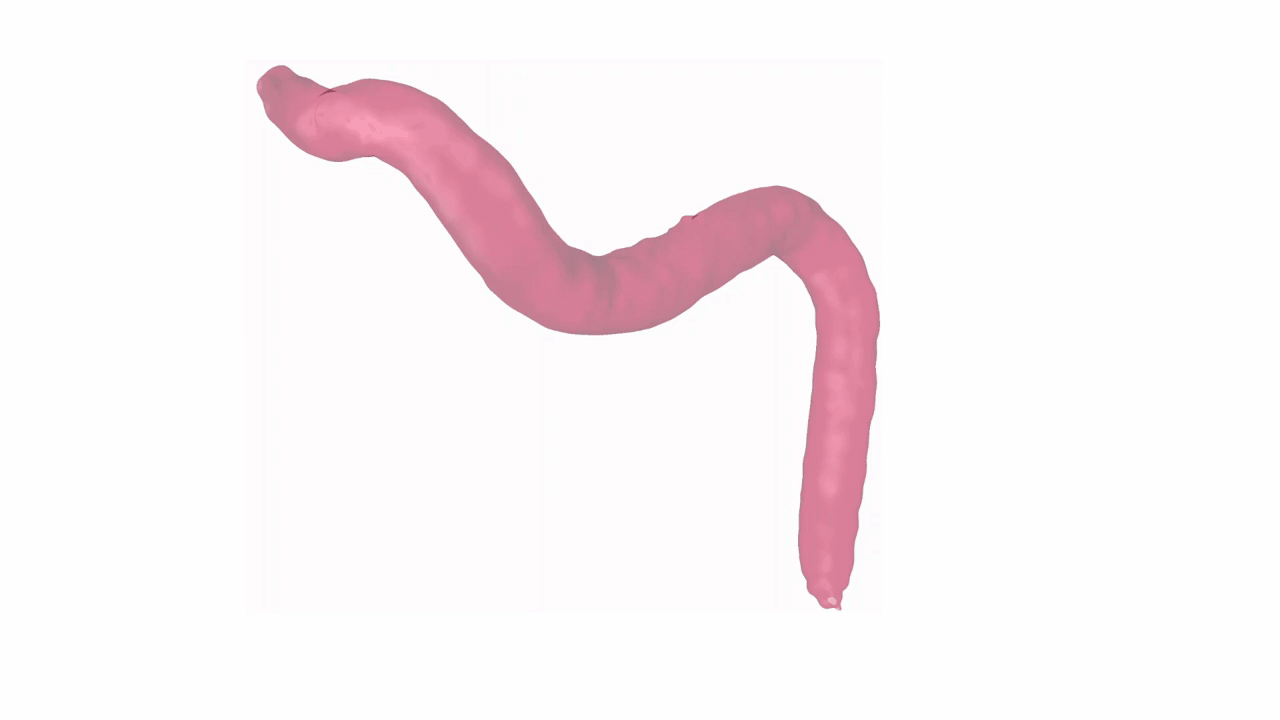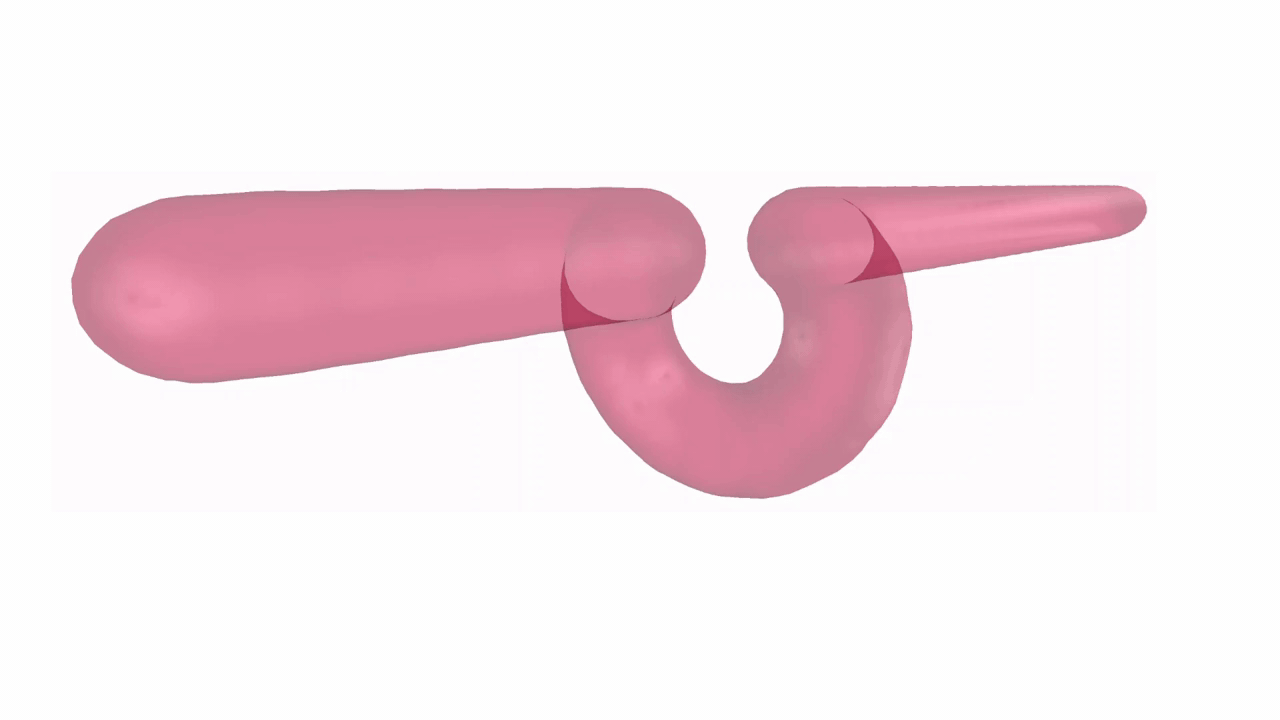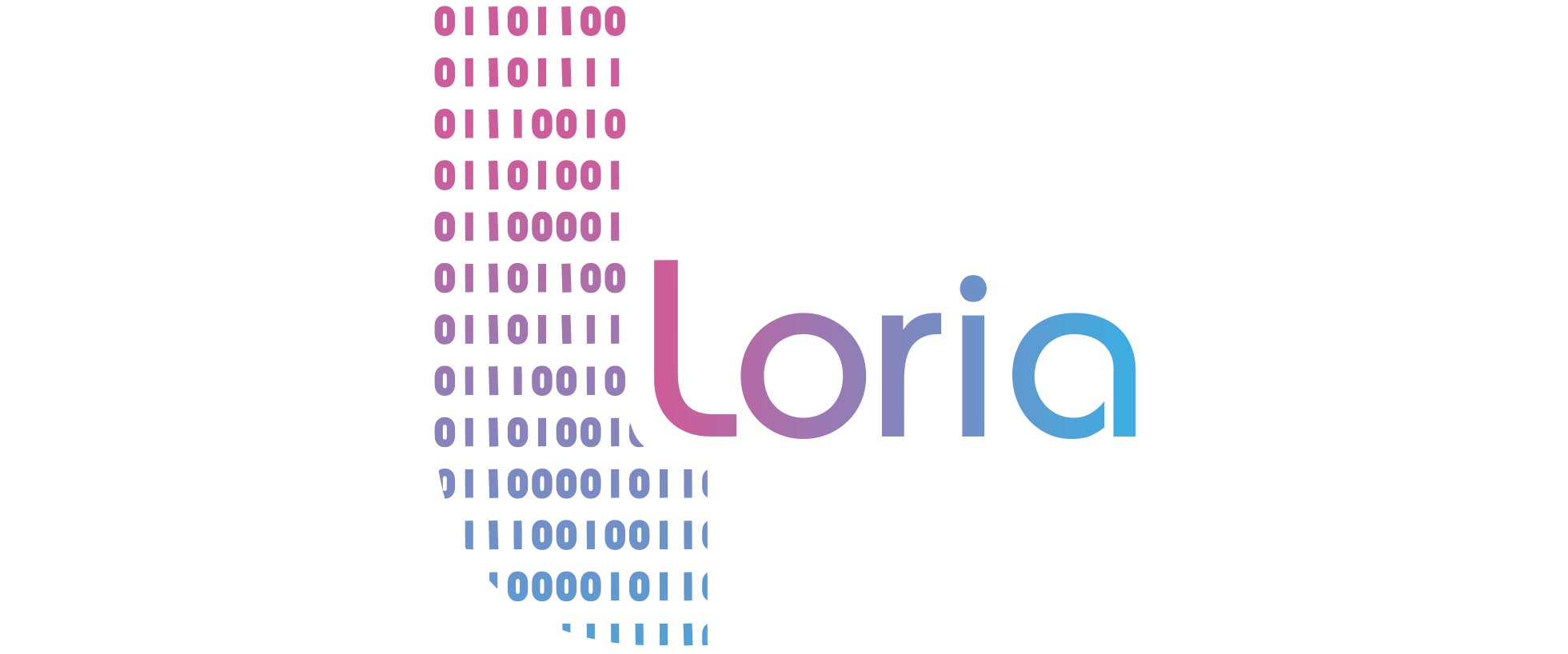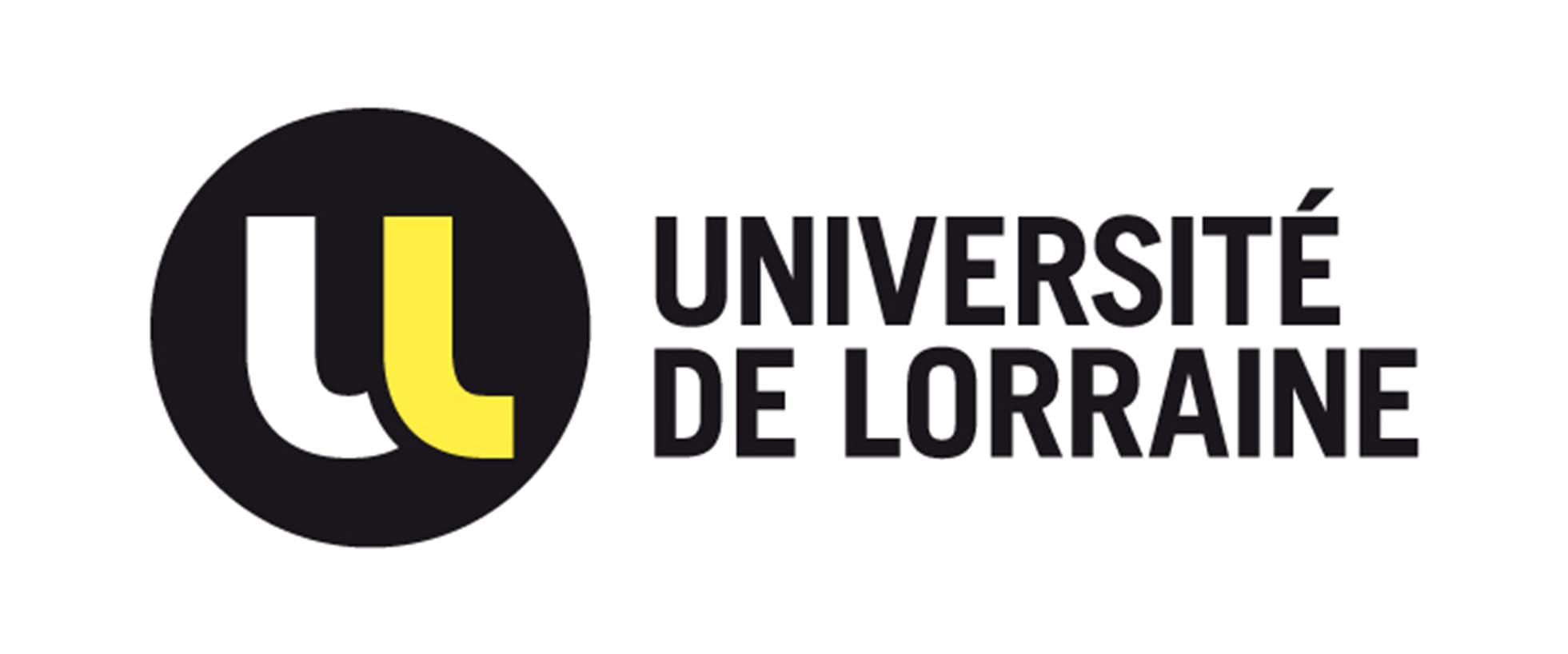
Context
Ischemic stroke is the leading cause of acquired disability in adults in France. It can be treated by catheter-based mechanical thrombectomy to remove the clot and restore blood flow. Computer simulators can serve as educational tools for students learning stroke treatment. They also support clinicians in planning and selecting treatment strategies before intervening on the patient.
Collaborations
This work was carried out as part of the ANR PreSPIN ![]() , which aims to bridge the gap between training and intervention by addressing the planning phase.
, which aims to bridge the gap between training and intervention by addressing the planning phase.
PreSPIN is a collaboration between :
- Inria Nancy Grand Est (LORIA lab)
- URCA (Université de Reims Champagne-Ardenne) (CReSTIC and LMR labs)
- INSA Lyon (CREATIS lab)
- Le CHRU de Nancy (Neuroradiology and CIC-IT departments)
Results
In this project we are working on a method to simulate the catheter using the Cosserat rod theory.
We express the Cosserat rod model as a boundary value problem (BVP) in space and proposes a collocation method. The proposed formulation is described through time discretisation, Chebyshev polynomials for interpolation, configuration space reduction [1].
We also worked on a free-free BVP for Cosserat rods. We worked on solving contact where surfaces are modeled using implicit functions, making contact detection execution time negligible [2].
We worked on a faster alternative to the dynamic Cosserat rod model with a quasi-static assumption using a damped Lagrangian model [3, 4]
 |
 |
 |



